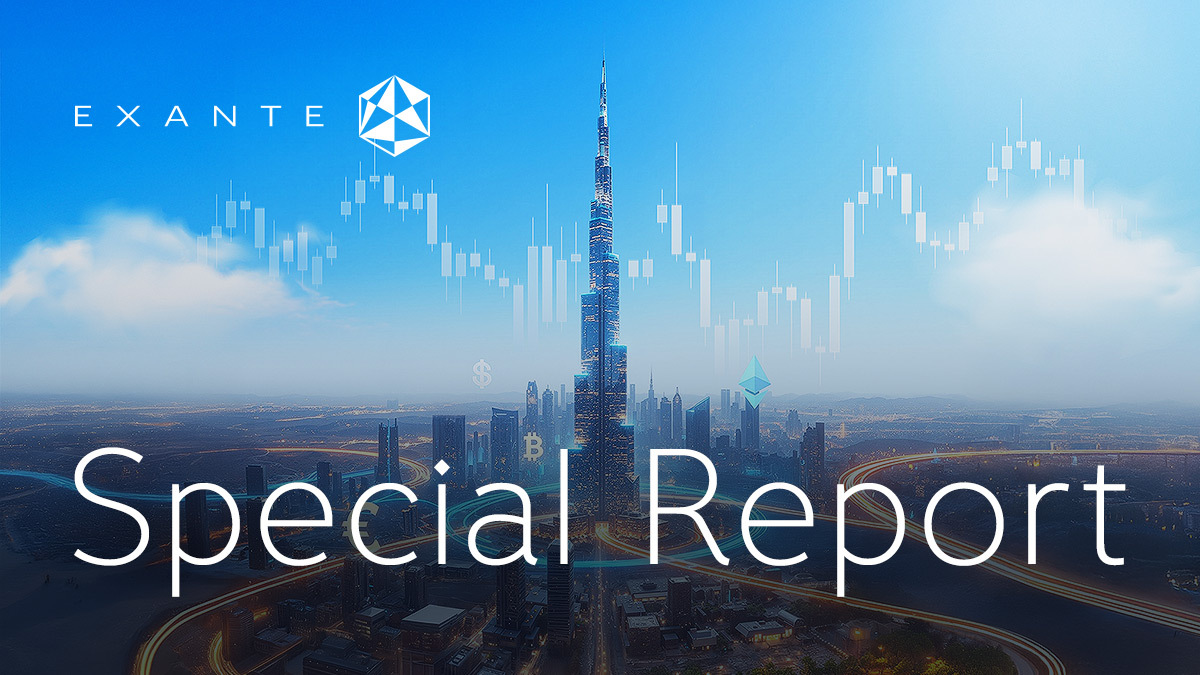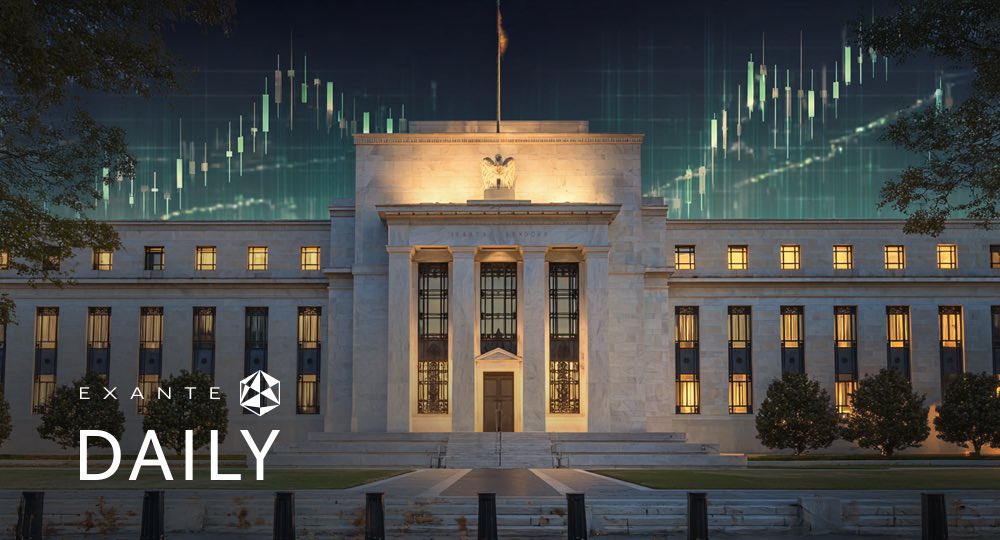
Fixed Income Briefing December 2023

- The US economy appears to be holding tight. The US economy continued to show signs of resilience, with GDP growth being revised upwards to 5.2% from initial estimates of 4.9%. There appears to have been some pick up in business activity in December with the S&P Global flash PMI climbing to a five-month high of 51.0 in December, from 50.7 in November. However, manufacturing continued to fall, with the flash manufacturing PMI down to 48.2 in December from 49.4 in November. The flash services sector PMI rose to 51.3 from 50.8 last month. The labour market is also still tight: nonfarm payrolls were up 199,000 in November and the unemployment rate dropped to 3.7% from 3.9% in October. The Bureau of Labor Statistics (BLS) reported a rise in average hourly earnings for all nonfarm employees of 0.4%, in November. This increase brings the yearly wage growth to 4%.
- Fed officials held interest rates steady for a third consecutive meeting. Fed Chair Jerome Powell said officials "believe that our policy rate is likely at or near its peak for this tightening cycle and confirmed that a change in monetary policy will now become part of the conversation, stating “this (rate cuts) will be a topic for us looking ahead.” The FOMC’s last rate adjustment occurred in July, when it increased the fed funds rate to a 5.25% to 5.50% range, the highest fed funds target rate since 2001.
- US inflation was up 0.1 % in November, but increased 3.1% on a y/o/y basis. Excluding volatile food and energy prices, core CPI rose 0.3% on the month and 4% from a year ago. The annual rate was the smallest increase since September 2021.
Yield curves
Rates across the US Treasury yield curve continued to fall in December, down more than 40 basis points this month. As noted by Investec, US Treasuries had their best month since May 1985, while global bonds had not experienced a better month since 2008. Although the Fed held rates steady at its December meeting the dot plot projections of 75 basis points of rate cuts in 2024 has had markets in almost a tizzy with the result that credit spreads in both investment grade and high yield markets have narrowed. Markets are now pricing in bets of roughly six cuts. The yield on the 2-year Treasury note, which is highly sensitive to movement of the Fed Funds rate, is at 4.38%, down from 4.40% at the start of the year when markets thought inflation would not come down and recession was on the cards. The benchmark 10-year US Treasury note yield is at 3.89%, while the yield on the 30-year bond is 4.01%.
Although the Fed kept rates on hold in December, the market appears to have overreacted to the Fed’s forecasts, causing a number of Fed policymakers, including San Francisco Fed President Mary Daly, Atlanta Fed President Raphael Bostic, Richmond Fed President Thomas Barkin, Chicago Fed President Austan Goolsbee, Cleveland Fed President Loretta Mester, and Fed New York President John Williams, to suggest it was premature to speculate about rate cuts.
Yield swings
Treasury yields fell in December with 10 year Treasury yields seeing their largest monthly decline since July 2021 and yield curves inverting further. Even though the market appears to be thinking that the Fed is done hiking rates, the Fed will likely continue to wait for further evidence of moderating inflation or softening growth before it starts lowering rates, with the expected timeline for the first rate cut likely to be further out than traders may be currently anticipating. However, looking forward, concerns around QT and liquidity levels may affect the market if overnight Repo rates rise too much.
| Yields | % | 1 Month | One year |
| US 2 year | 4.38% | -53 | +13 |
| US 5 year | 3.88% | -55 | +10 |
| US 10 year | 3.89% | -53 | +20 |
| US 30 year | 4.01% | -56 | +27 |
| UK 2 year | 4.09% | -40 | +47 |
| UK 5 year | 3.52% | -58 | -4 |
| UK 10 year | 3.54% | -57 | -4 |
| UK 30 year | 4.08% | -46 | +20 |
| German 2 year | 2.44% | -56 | -5 |
| German 5 year | 1.94% | -62 | -38 |
| German 10 year | 1.97% | -64 | 33 |
| German 30 year | 2.16% | -63 | +0 |
Source: Bloomberg, 7:00 am EST 20 December 2023
Global Economic and Market Review
Sterling has climbed over 2% over the last three months as optimism that the US Federal Reserve will soon be cutting rates has intensified. The Bank of England (BoE) held rates at 5.25% at its December meeting despite headline inflation falling to 4.6% in the 12 months to October 2023. It has now fallen even further to 3.9% on a y/o/y basis in November, the lowest since November 2021 and below market expectations of a drop to 4.4%. It is still higher than in the US or eurozone, where it stood at 3.1% and 2.4% respectively in November. UK core inflation also fell to 5.1% from 5.7% in November, while the rate of services inflation, closely watched by the BoE, fell to 6.3% from 6.6%. According to the Financial Times, after the announcement of the inflation drop, markets fully priced in a quarter-point interest rate cut from the Bank of England in May. LSEG data shows that traders are also pricing in a roughly 50% chance that the Bank of England cuts rates by the same amount in March. However, the labour market may continue to be a problem for the BoE. Although the labour market is cooling, the BoE will likely continue to worry that labour shortages will keep wage growth high and make it hard to get inflation back to its 2% target. Vacancies from September to November 2023 fell by 45,000 on the quarter to 949,000. UK business activity rose at the fastest pace in six months in December. The S&P Global/CIPS flash UK PMI composite output index rose to 51.7 in December, from 50.7 in November — the fastest rise in private sector business activity since June. The increase in the UK PMI index was driven by the services sector, which rose to 52.7 in December from 50.9 in November. Manufacturing activity decreased for the 10th month running, dropping to 46.4 from 47.2 in the previous month. BoE Governor Andrew Bailey has warned markets that they were underestimating the persistence of UK inflation.

The ECB once again kept rates on hold during its December meeting as eurozone inflation fell to its lowest level since November 2022. It said that monetary policy would nevertheless need to remain tight, with ECB President Christine Lagarde stating that there was still “work to be done.” Eurozone economic data continues to weaken, indicating that the eurozone is likely in recession. December's flash HCOB PMI suggests activity has now declined in every month of this quarter.This follows a 0.1% decline in Q3. HCOB's preliminary Composite PMI fell to 47.0 this month from November's 47.6, marking its seventh month below the 50 level separating growth from contraction. Manufacturing continued to lead the downturn, falling for a ninth month running. Services activity fell for a fifth successive month. Major eurozone bond-market yields also fell in December.
The 10-year German bund yield traded down below 2%, reaching levels not seen since January after German statistical agency, Destatis, showed that German producer prices declined 7.9% year-on-year last month, easing from an 11% drop in October. Destasis said the main driver of the decline was easing energy prices. German yields will also likely benefit from the German government indicating plans to issue less debt in 2024 with a target of €440 billion against 2023’s €500 billion. The gap in yields between eurozone countries continues to fall. The gap between Italy and Germany's 10-year yields, a gauge of investor sentiment towards the eurozone's more indebted countries, is, according to Worldgovernmentbond.com, the spread between Germany’s 10 year and Italy’s 10 year is 163.4, +9.8 bp this month. This is the lowest spread difference since late August.
Despite what appears to be a strong likelihood of a pivot in policy by the Fed and ECB in the earlier part of Q2 and a potential rate cut by the BoE later in the year, there are still downside risks that shouldn’t be ignored. There is still a possibility of further rises in oil and other energy resources if the situation in the Red Sea remains unresolved. The increased cost of shipping will likely result will eventually prove inflationary as would any supply constraints that may develop. There will also be increasing political uncertainty in the US and Europe as we move closer into the respective Presidential and Parliamentary elections cycle in 2024. This political uncertainty will also rise in emerging markets with elections in Taiwan in January and Indonesia and Pakistan in February 2024.
It is clear that rising risk premia as geopolitical risks widen, growing recession risks in the eurozone, and potential differences in domestic interest rate paths will continue to drive spread differentials. However, markets are likely to remain more positive on bonds through 2024 although much will depend on any unexpected data which suggests that a softer landing is more or less likely.
Key risks
- Inflation fails to fall in line with projections, weighing on asset prices. It is highly anticipated that the Fed, the ECB and the BoE will begin to cut rates in 2024, with markets increasingly betting on the Fed starting the process in March 2024 and the other central banks following by the end of Q2. However, there are still risks that headline inflation may rise, particularly if the widening geopolitical threats in the Red Sea result in further shipping delays. This will impact the price of oil as well as adding to supply chain (supply side) pressures. This may also contribute to further wage rises, thereby increasing inflationary pressures.
- Policymakers actions lead to over tightening credit conditions. Growing concerns over the slowdown in Europe could cause the Euro to fall against the USD and Sterling. Another factor for concern will be bond issuance levels. In Europe particular risks are posed by the phase-out of ECB purchases of government bonds, new EU budget rules, and European parliament elections.
- Geopolitical events and climate change.These include the naval alliance between the US, the UK, Bahrain, Canada, France, Italy, the Netherlands, Norway, Seychelles and Spain in the Red Sea against mounting attacks on merchant shipping from Yemen’s Iranian-backed rebel Houthis, the ongoing war in Ukraine, the tensions between NATO and Russia, the uncertainty of further financial support from the US due to US domestic policy arguments and the tensions this will raise within Europe, the likelihood of increasing tensions between the US and China in the run up to the Presidential and Legislative election in Taiwan in January, and the threat of escalation of a long-simmering territorial dispute between Venezuela and Guyana over Guyana’s mineral-rich Essequibo region.
DISCLAIMER: This article is provided to you for informational purposes only and should not be regarded as an offer or solicitation of an offer to buy or sell any investments or related services that may be referenced here.
While every effort has been made to verify the accuracy of this information, EXT Ltd. (hereafter known as “EXANTE”) cannot accept any responsibility or liability for reliance by any person on this publication or any of the information, opinions, or conclusions contained in this publication. The findings and views expressed in this publication do not necessarily reflect the views of EXANTE. Any action taken upon the information contained in this publication is strictly at your own risk. EXANTE will not be liable for any loss or damage in connection with this publication.
This article is provided to you for informational purposes only and should not be regarded as an offer or solicitation of an offer to buy or sell any investments or related services that may be referenced here. Trading financial instruments involves significant risk of loss and may not be suitable for all investors. Past performance is not a reliable indicator of future performance.




